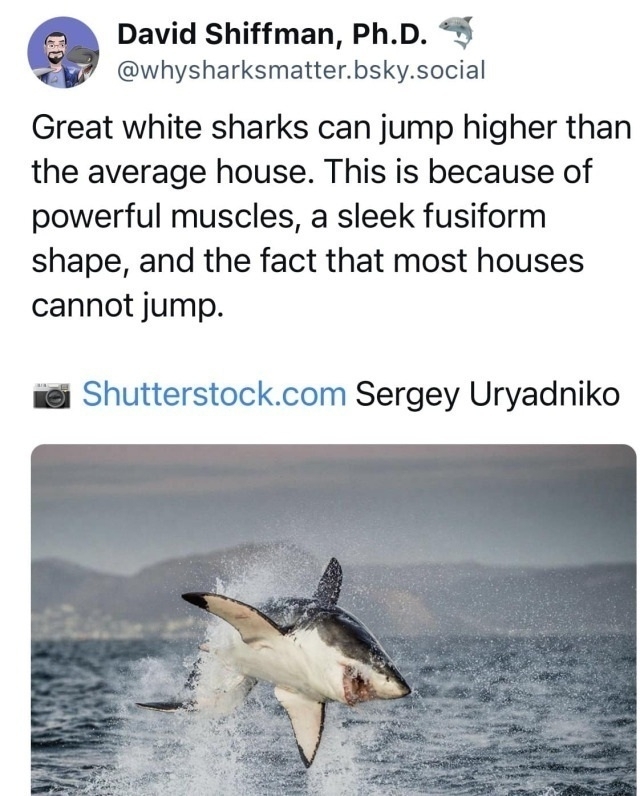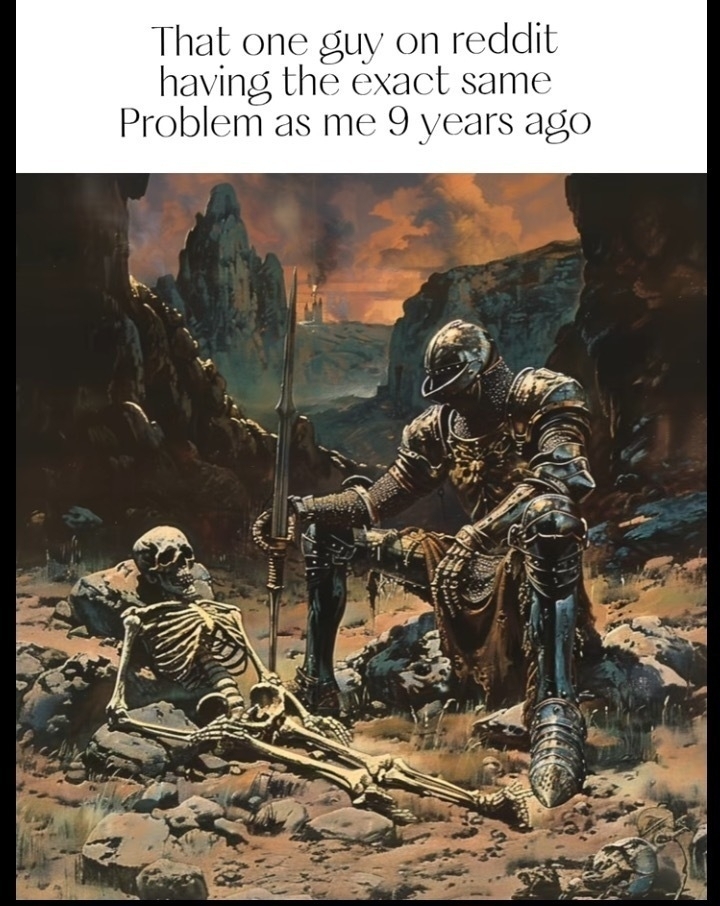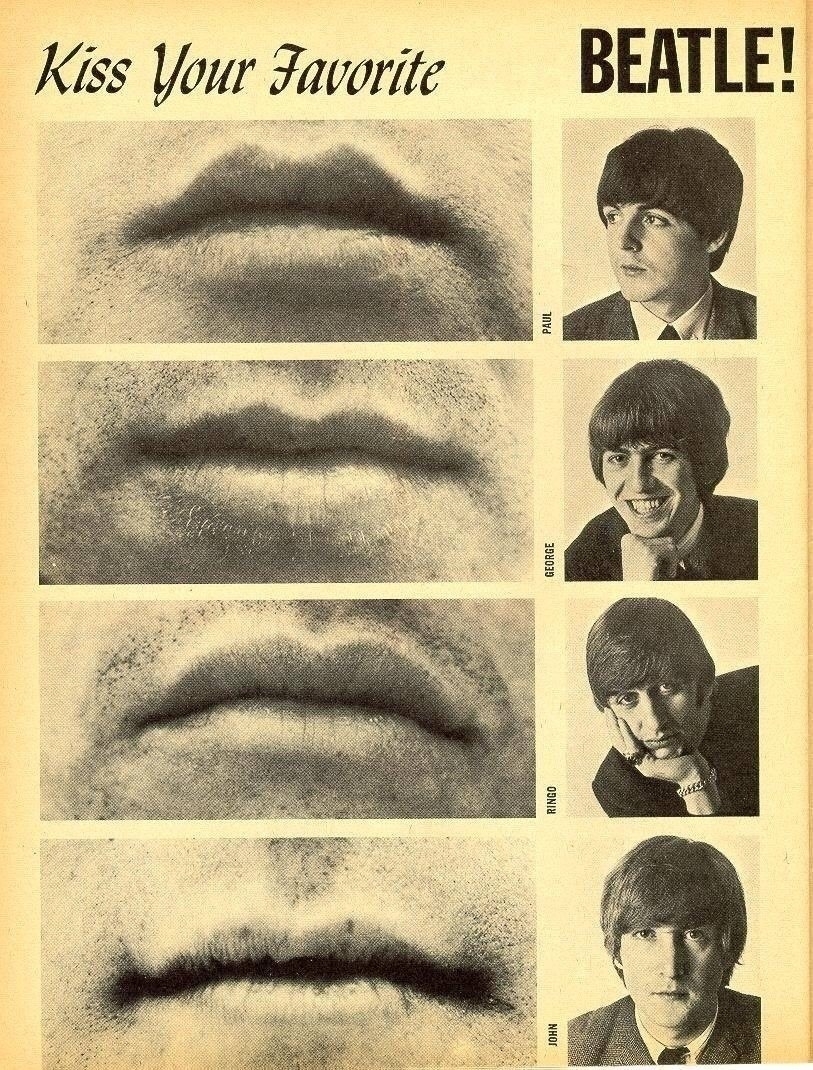Esperanto was a popular trope in some of the science fiction I loved as a kid. Harry Harrison. Philip Jose Farmer.
Like quicksand, Esperanto proved far less significant in my adulthood than I thought it would.
On our team meeting this morning I explained that Christopher Pike was not the first Captain of the Enterprise. Rather, it was Robert April, who was a character in the animated series, which was at first not considered canon but later included.
I’ve only been on staff a few weeks but I can tell I’m already making an impression.
Overheard: Don’t forget Moms are half price tomorrow.
men are hitting on scheduling bot because it has a woman’s name. askamanager.org lolwut
Attempting to talk about the movie “American Fiction” without using the word “woke.”
We watched “American Fiction,” a 2023 movie which opens with a blank screen and the unmistakable squeaking of a marker on a whiteboard. We pull back to see a college professor addressing a class, but we cannot see what’s written on the whiteboard behind him. A student says the word on the whiteboard is wrong. The teacher says he’s pretty sure he spelled it right. The student says the word is offensive. The camera pulls back to show what’s written on the whiteboard: It’s a title of a story by Flannery O’Conner. The includes the N-word.
The professor says, “This is a class on the literature of the American South. We’re going to encounter some archaic thoughts and coarse language, but we’re all adults here and I think we can understand it within the context in which it’s written.”
“Well, I just find that word really offensive,” says the student.
“With all due respect, Brittany, I got over it. I’m pretty sure you can too,” says the professor, who is Black. The student, who is white, exits the classroom upset.
I am going to avoid using the word “woke” in this review because I hate that stupid word. But it’s hard to avoid because “American Fiction” is in part a movie about wokeness.
The professor, we learn, is Thelonious Ellison. Most people call him “Monk.” He’s not doing well. He’s unpopular with students and colleagues; following the N-word incident, he’s suspended from teaching at the school. He’s bitter and angry, and turns that anger inward, expressing it outwardly by witty insults aimed at the people who bother him, which seems to be most people. The comments are funny and entertaining to us, the audience, but you can see how being around a person like that would be toxic in real life. Nonetheless, as a fictional character, he’s likable and fun. And when he turns off the nastiness, he’s a warm and loving person.
He’s a novelist, and his books aren’t selling. He blames it on a kind of racism. He’s a literary writer. His agent explains to him that publishers don’t want that from someone like Monk. They want a Black novel. “This IS a Black novel.” Monk says. “I’m Black. This is my novel.”
Monk spontaneously decides to write the kind of novel publishers want. Violent, semi-literate, about angry Black people living in the ghetto and shooting each other and being murdered by police. He calls it “My Pathology,” and then changes the title to “My Pafology.” To show his contempt for the publishing system, Monk has his agent submit he novel under a ghostname, “Stagg R. Leigh,” with a persona that “Leigh” is a fugitive from prison. Monk does interviews and meetings as Leigh, affecting a deep-voiced terse grunting speech. “My Pafology” and Leigh are cheap ripoffs of “The Wire.”
And Leigh’s book, unlike Monk’s literary fiction, sells. It becomes a bestseller. Monk was trying to ridicule white guilt and wokeness (ugh, that word), and instead he’s feeding it.
Monk lives and teaches in L.A.,but he returns home to Boston for a literary conference and to visit his family, from whom he is estranged. Monk’s mother is advancing into Azheimer’s and Monk finds himself with the duty of becoming primary caregiver. His family is affluent—both his late father and two siblings are medical doctors, and they have a live-in maid—but not as well off as they once were. What’s shown and not quite said explicitly is that Monk is appalled at the ruse he’s perpetrating as Stagg R. Leigh, but he needs the money to get his mother the best possible care.
We also see Monk’s attempts to overcome his emotional isolation and connect with his family and a pretty neighbor.
The whole thing reminds me of a Richard Russo novel, and I love a Richard Russo novel.
What ties the two plots together is a comment by Monk about Stagg R. Leigh’s novel, and books like it, “My life is a disaster, but not in the way you’d think reading this shit.”
The movie stars Jeffrey Wright as Monk and a solid cast of names and faces that I didn’t recognize, although I did recognize Leslie Uggams as Monk’s mother. I remember her turning up a lot in the 70s on game shows and second-tier talk shows like Mike Douglas and Merv Griffin. Then she surprised me with a starring role on “Roots,” paired up with Sandy Duncan—I remember thinking, holy shit those two can actually act. Then she fell off my radar until she reappeared as Blind Al, Ryan Reynolds’ roommate in the “Deadpool” movies.
Also featured is Sterling Brown, from “This Is Us,” as Monk’s brother, Cliff.
The screenwriter and director is Cord Jefferson, who previously worked as a writer on “The Good Place” and “Watchmen,” making his directorial debut. [imdb.com]
Jefferson talked in an Esquire interview about a scene where Monk is writing a sequence from Stagg R. Leigh’s novel. [esquire.com]
The scene in the novel features a young criminal confronting an older criminal. The younger criminal is brandishing a gun. Jefferson chose to cast two first-rated actors to play the two characters—Keith David, known to me as Childs, one of two characters who lives to the end of John Carpenter’s “The Thing” (1982) and Okieriete Onaodowan, known to me as Hercules Mulligan in “Hamilton.”
Jefferson said:
We’ve all seen that scene of the writer pounding the keyboard frantically, then taking a big sip of coffee and getting back to it. That’s how you depict somebody intensely writing. But I thought, ‘We can’t have that. It’s tropey and silly, and it doesn’t get the audience’s minds going.’ So why not have these characters manifest in front of him? When I wrote that scene, I wrote the language to be very silly. It had to be ridiculous so that everybody could see how stupid this book is and what a sham it is. Then we got Keith David and Okieriete Onaodowan, who are both such tremendous actors. All of the sudden, it wasn’t silly anymore. They made it seem like the book might be good. I love what the scene became in their hands: suddenly you’re questioning whether or not the book is good, which is evidence that something as ridiculous as this book could become a hit.
A character named Sintara Golden is both Monk’s nemesis and inspiration. At the outset of the movie we see she is already fabulously successful playing the same game Monk plays: She went to Oberlin, got a job in publishing, and then made a success for herself writing a book affecting illiterate victimized Black voices. Her book is titled “We’s Lives in Da Ghetto.” But unlike Monk, she’s doing everything in the open. Despite this, Monk thinks she’s just as cynical and pandering as he is. We come to see more of her, and learn that she’s playing a more sophisticated and sincere game than she first appears to be.
In an Esquire interview, Jefferson says he sometimes agrees with Monk and sometimes agrees with Golden.
The actor who plays Sindara Golden is Issa Rae, who apparently first become prominent on YouTube. [imdb.com]
About that first scene: Monk is right to push back against banning the N-word even in discussions of racism—even when used by Black people. But he didn’t have to be such a jerk about it to his student, “Brittany.” She’s just a kid. He’s being a bully.
Monk’s punishment for using the N-word has a parallel in real life: Black writer Walter Mosley, author of the Easy Rawlins novels, quit a job as a writer on “Star Trek: Discovery” in 2019 after he was chastised by the studio human resources department for using the n-word in the show’s writer’s room. Mosley was quoting someone else’s use of the word; he was making a point about racism. [hollywoodreporter.com]
Additional reading:
Cord Jefferson Wants You to Argue About American Fiction [esquire.com] That’s the Esquire article I mentioned earlier.
Did You Catch the Meta Nod of Sintara Golden’s Current Read in ‘American Fiction’? [themarysue.com]
Director Cord Jefferson was formerly a jouranlist, who often wrote articles about race and racism. Here’s his 2014 essay: “The Racism Beat.” [medium.com]
Roger Corman, The B-Movie Legend Who Launched A-List Careers, Dies At 98. npr.org
The movies Corman willed into being are their own loopy, glorious world of teenage cavemen, X-ray eyes and humanoids from the deep. His 300-some movies barely even rose to the level of camp. But many of Hollywood’s most respected directors have at least one Corman credit buried in their resumes. And by teaching so many people how to deliver on-budget and on-schedule, Corman was arguably one of the most influential figures of American film.
Roger Corman Dead: Independent Filmmaking Legend Was 98. hollywoodreporter.com
[Jack] Nicholson, then 21, made his big-screen debut in Corman’s The Cry Baby Killer (1958)_. _Corman hired a young [Martin] Scorsese to direct Boxcar Bertha (1972) and [Jonathan] Demme to write Caged Heat (1974). He made new college graduate [Gale Anne] Hurd his production assistant and later his marketing chief and handed [James] Cameron the job of designing props for Battle Beyond the Stars (1980).
The giant of independent filmmaking also gave Howard a chance to direct his first feature, Grand Theft Auto (1977). When the former child actor complained about the producer’s refusal to pay for more extras, Cormanfamously said, “Ron, if you do a good job for me on this picture, you’ll never have to work for me again.”
All are proud members of “The Roger Corman School of Filmmaking.”
It has taken me literally years to figure out how to drink hot coffee directly from a Zojirushi travel mug without burning my mouth. The trick, I learned, is this: When drinking from a normal cup, I suck the liquid into my mouth after tilting the cup to bring the liquid to my lips. With a Zojirushi, I get too much liquid that way—ow!—so I have to tilt the thing just right so that just the right amount of liquid flows into my mouth.
But now I think I’ve got the hang of it … and I think I like it. Maybe I prefer to drink coffee that way. Less hassle. Coffee always at the perfect temperature without spending $200 on an Ember mug.
On the other hand, maybe I’m missing out on aromatics and other qualities by drinking directly from the Zojirushi.
What do you think? Do you prefer to drink from the Zojirushi (or other travel mug) even when you’re not on the go?
… in the US, the car, philosophically, is a house you drive around. While in China, EV manufacturers are treating them like giant smartphones.
— Ryan Broderick, Garbage Day. garbageday.email
I've started a new thing with Fierce Network
It’s a weekly research bulletin, called the Fierce Network Research Bulletin (it does what it says on the tin).
Kicking things off: a report on the state of US 5G. tl;dr dismal for now, but hopeful.
U.S. companies have been snoozing at 5G — and are losing to international counterparts. But they can regain the lead by playing to their strengths, says a director at the U.S. National Science Foundation (NSF), speaking unofficially.
The US is losing at 5G. But Next-G is just getting started [fierce-network.com].
OpenAI has an announcement Monday. openai.com
I feel like generative AI is on the verge of being great, but not quite there yet.
Nifty: Cometeer ships concentrated frozen gourmet coffee in single-service pods for your home and business. Dilute it and drink it hot or cold.
I found out about this when Marco Arment brought it up on the Accidental Tech Podcast.
Arment is a coffee enthusiast—he even roasted his own beans at home for a while—but he’s been busy, and his house, including his kitchen, is under construction, so he used Cometeer and bought take-out coffee.
He says the Cometeer coffee is excellent, but it is too expensive and too much hassle to make it a regular habit. Yes, it’s convenient once it’s in your freezer, but it has to be kept frozen until it’s there.
Cometeer ships in allotments of 32 or 64 one-cup pods. Their least expensive rate comes to $2 per cup. I guess that’s not bad for take-out coffee, but it’s too much for the coffee you have at home.
Still, a neat idea.
Arment is a tech podcaster (obvs, his podcast is called the Accidental Tech Podcast), developer of the Overcast podcast app, and formerly in charge of technology for Tumblr.






